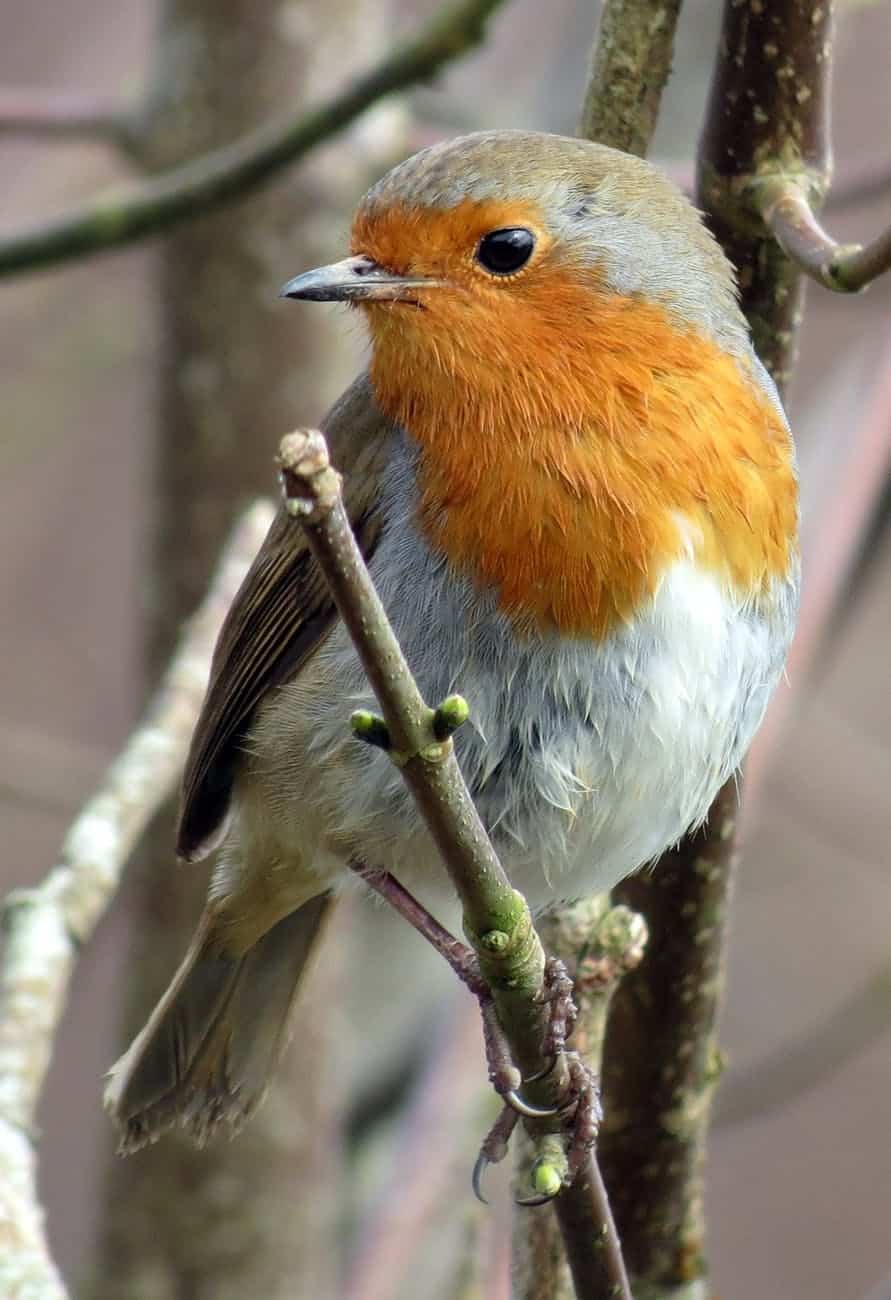Yes, European robins (especially female robins) do migrate. They typically travel to southern Europe or North Africa for the winter months, and then return to their breeding grounds in northern Europe in the spring. Some individual birds may remain in their non-breeding areas year-round, however. Migration patterns can vary somewhat depending on the particular population of birds involved.
It’s not entirely clear why European robins migrate, but it is likely related to food availability. In northern Europe, food sources are more limited in the winter months, so migrating to areas with more abundant resources makes sense from a survival standpoint. Additionally, migrating to warmer climates helps robins avoid harsh weather conditions that could potentially be fatal.
Overall, migration is an important adaptation that allows European robins to survive and thrive in a variety of different environments. By moving to areas where conditions are more favorable, they are able to make the most of whatever resources are available and ensure their continued survival as a species.
Where do European robins go in winter?
European robins typically travel to southern Europe or North Africa for the winter months. Some individual birds may remain in their non-breeding areas year-round, however. Migration patterns can vary somewhat depending on the particular population of birds involved.
Where do European robins go in summer?
In the summer, European robins typically return to their breeding grounds in northern Europe. Some individual birds may remain in their non-breeding areas year-round, however. Migration patterns can vary somewhat depending on the particular population of birds involved.
How far do European robins migrate?
There is no single answer to this question as migration patterns can vary somewhat depending on the particular population of birds involved. In general, however, European robins typically travel to southern Europe or North Africa for the winter months, and then return to their breeding grounds in northern Europe in the spring. Some individual birds may remain in their non-breeding areas year-round, however.

